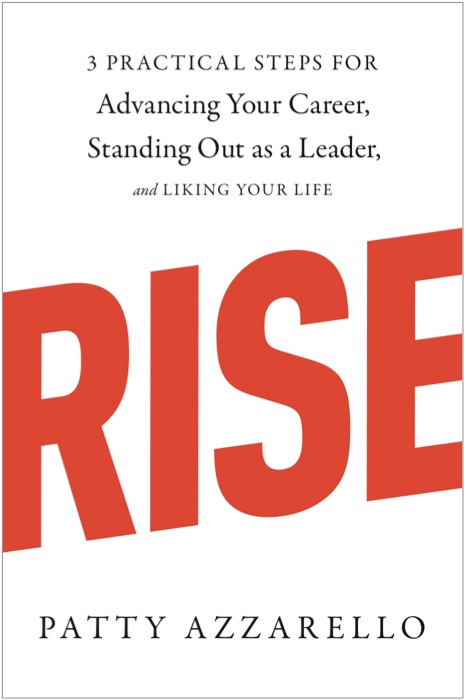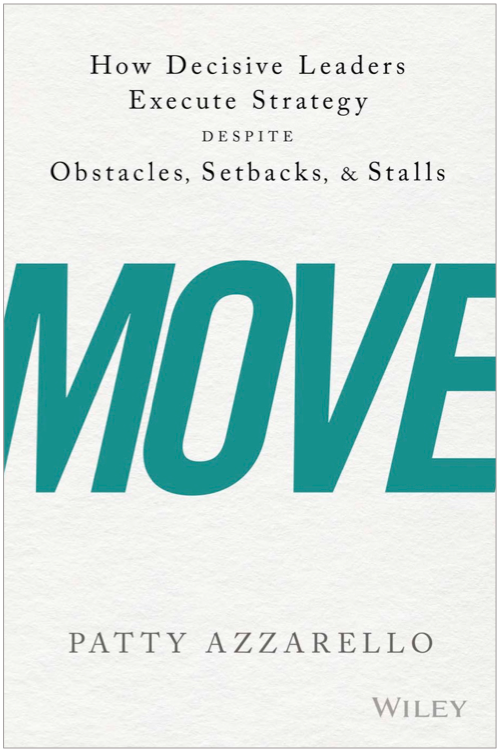I was recently looking at my book RISE on my kindle to see what people were responding to, by checking out the “view popular highlights” feature.
The most highlighted passage was:
Think of your job as figuring out a better way to deal with all this stuff than it is to DO all this stuff and you’ll be on the right track.
I wanted to expand on this a bit, as it is such a key concept.
The key to success is not to try and do everything and die trying. The trick is to figure out how to deal with an overwhelming workload, and give yourself a fighting chance to get the most important stuff done.
Change the work into better stuff
Another popular highlight:
Your job is not to deliver work when everything lines up to support you. Your job is to get the most important stuff done despite everything that lines up to kill you.
It’s important to remember that the most successful people were not less busy and less hassled along the way. They were as busy and challenged as the rest of us, but found a way to deal with it.
I wanted to share a specific tactic that I have used for years which helps get on top of the overwhelming workload, so you can get the most important things done.
There are two key ideas:
- Catch vs. DO
- Make a Catch List
Catch vs. DO
This is an important mind shift. You have to CATCH all the work, but not necessarily DO all the work.
You can’t let requests and tasks just drop. But that doesn’t mean you have do do everything exactly as it comes in. The way to not drop something is to catch it by making a list — your “Catch List”.
The Catch List
Record every single thing that is asked of you: Who asked, what they asked for, when they need it.
After a few weeks or a couple of months, this list will give you great power. Here’s what happens:
Credibility
Maintaining this list shows you have caught everything. Anytime someone says, “What about my thing?”, you pull out the list. You show them that their thing is #47. It’s right there on the list. You’ll be surprised how much credibility you’ll gain just showing people the list, and being able to point to their thing and show you haven’t dropped it. (This works even with your boss.)
Sanity
Looking at the list let’s you judge if it’s doable or crazy: It’s hard to know this for sure when it all just piles up in your head. Facing the dragon head on, by seeing the whole list in one place makes a big difference to your state of mind about the work.
Communication
The list can be used as a conversation document: The list becomes a great communication tool to talk with the people who are asking for things. People have a tendency to think that they have access to 100% of your time. When you show them the list, (maybe color coded by the 8 people who ask you for things), they see their thing in context of everything you have been asked to do by all the other people. You get even more credibility for managing such a vast work load, and they will tend become more reasonable with their requests when they see them in context.
People forget and change their mind: Not all requests are created equal. When you remind people of all the things they have asked for, they tend to either get a little embarrassed at the sheer number, forgot what they asked for, or start scratching things off the list they don’t care about any more. Having and showing the list can automatically reduce your workload. (This also happens with your boss.)
Assessment
See the big picture: Having everything on the list right in front of you will allow you do to a frank assessment of how many things on the list are:
- Critical things
- Stupid things
- Duplicate requests
- Surprises
- Emergencies
This is really where the magic happens.
Think and decide first: Knowing how many things fall into each of these categories is how you can begin to find a way to deal with all the stuff on the list, instead of just jumping in and trying do it all exactly as it comes across the table without thinking about it.
Deal with it
Plan and prioritize: Once you work though the list and think about it, you have given yourself the opportunity to strategize how to prioritize and negotiatiate. You can also find opportunities for consolidation, process improvement, prioritization, and negotiation.
Think about your job as sifting through all this work to find what is most important to do, and in what order, and to determine what can be delayed, improved or eliminated.
Always think before you work
Remember, your manager is delegating the thinking about the work, not just the work.
You are adding more value and doing a better job if you do the leg work of thinking through it all and making recommendations to your boss and stakeholders about the best way forward.
Was this useful?
If you found this article useful, please help me share it with others and encourage them to subscribe to this Blog for free.
About Patty
Patty Azzarello is an executive, best-selling author, speaker and CEO/Business Advisor. She became the youngest general manager at HP at the age of 33, ran a billion dollar software business at 35 and became a CEO for the first time at 38 (all without turning into a self-centered, miserable jerk)
You can find Patty at www.AzzarelloGroup.com, follow her on twitter or facebook, or read her book RISE…3 Practical Steps for Advancing Your Career, Standing Out as a Leader, AND Liking Your Life.





